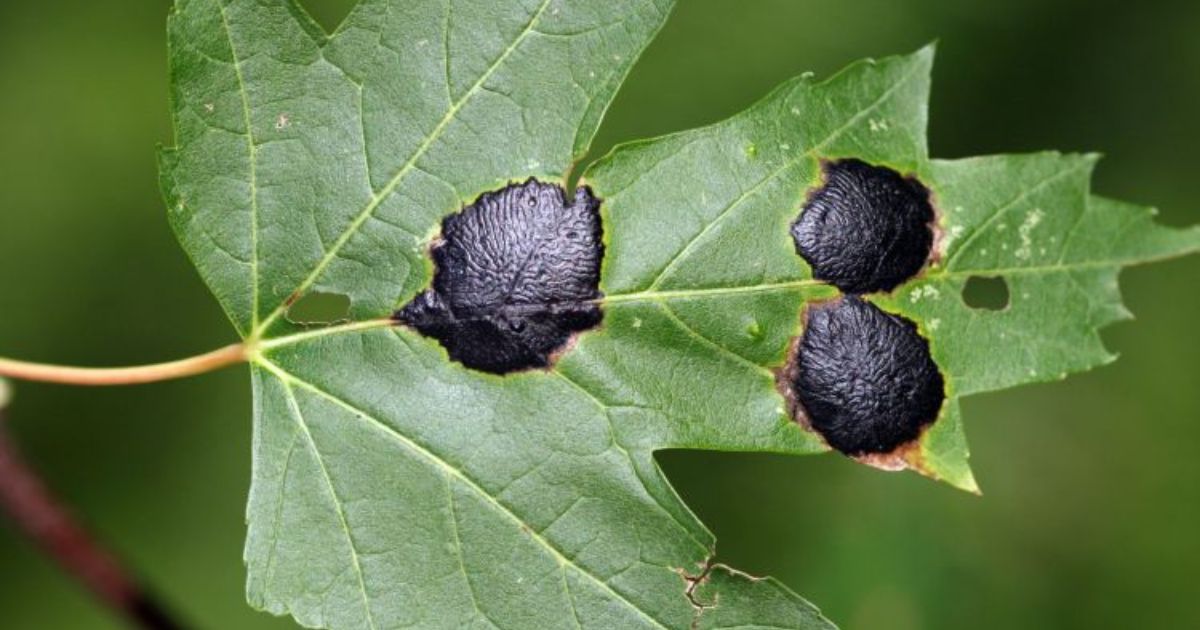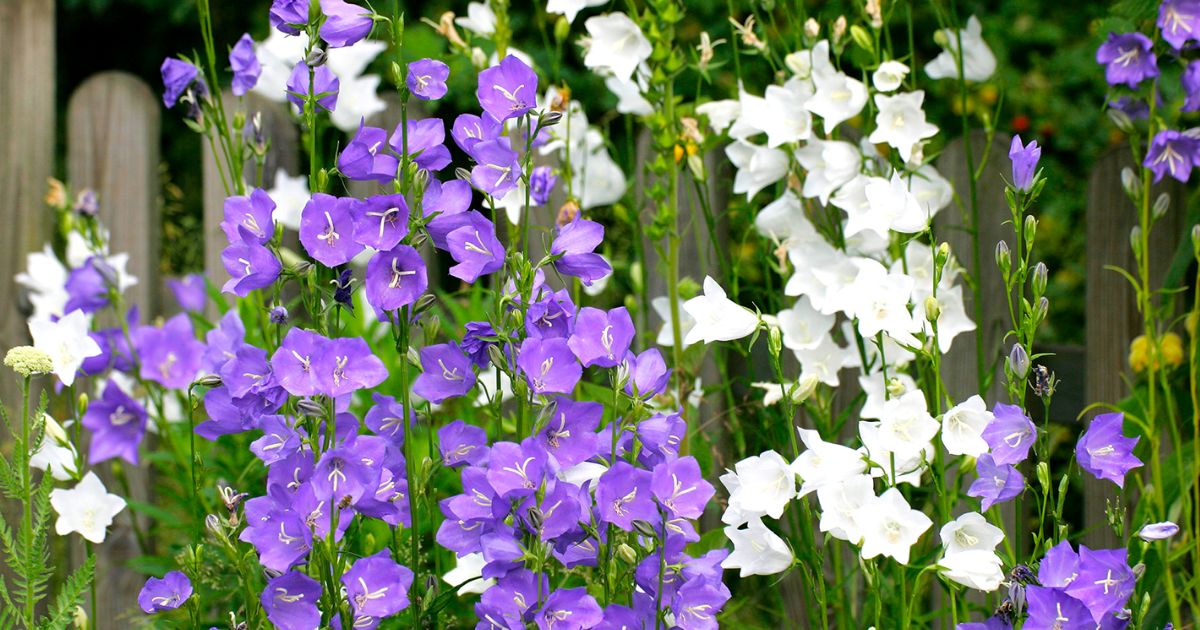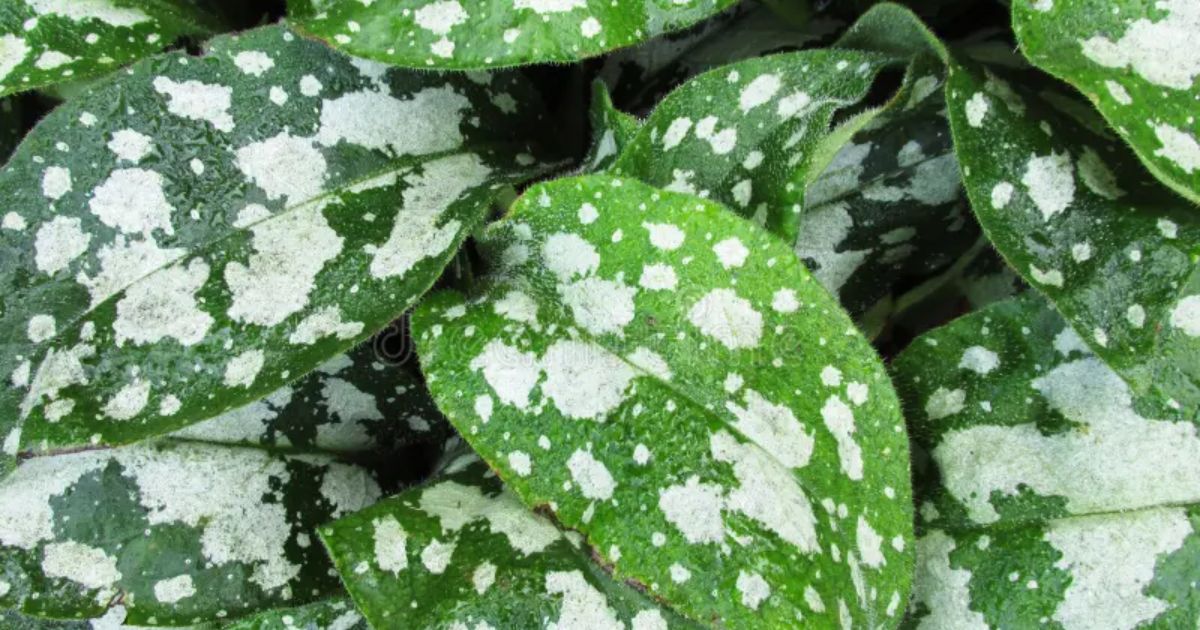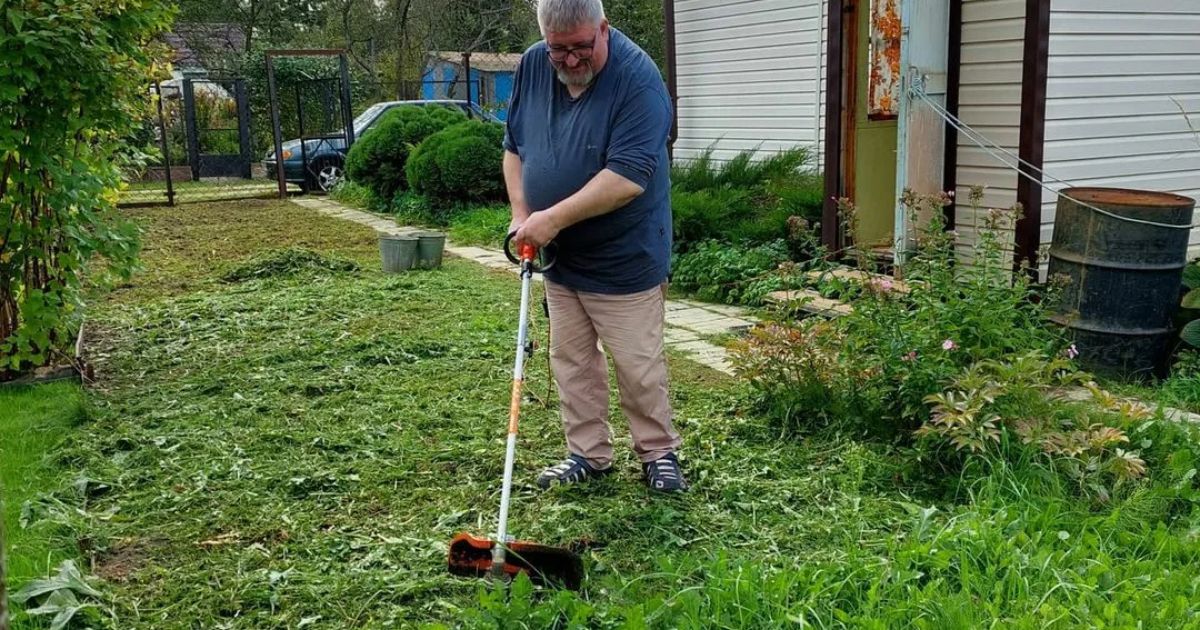Black spots on tree leaves are one of the most common and frustrating problems for gardeners and tree owners. Fungal infections, such as tar spot or leaf spot diseases, are typically the cause of these unattractive scars. These infections can weaken trees, decrease photosynthesis, and affect the overall health of plants. In extreme circumstances, the infection may result in early leaf drop, stunted growth, or increased vulnerability to other pests and diseases.While treatment options like fungicides exist, prevention is always more effective than trying to fix the problem after it occurs. Healthy trees are not only more resilient to black spot infections but also contribute to a beautiful and thriving garden environment. Understanding the factors that lead to black spots, such as poor airflow, excessive moisture, overcrowding, or nutrient deficiencies, is the first step in safeguarding your trees.
In this guide, we’ll share 7 practical tips fortree disease black spots leaves, from choosing disease-resistant varieties to proper watering, pruning, and soil care techniques. You can safeguard your trees by taking these precautions. Maintain their vibrant foliage and enjoy a healthy, flourishing garden throughout the growing season. Prevention today means healthier trees tomorrow.
Why Do Black Spots Appear on Tree Leaves?
Before jumping into prevention, it’s crucial to understand the “why” behind those pesky black spots. Knowledge here empowers you to target your efforts effectively, as different causes demand tailored approaches.
Fungal Infections: The Primary Culprits
Fungi are the most common perpetrators of black spots on tree leaves. These microscopic organisms thrive in moist, humid environments, spreading via spores carried by wind, rain, or garden tools. One notorious example is tar spot, caused by fungi like Rhytisma acerinum and Rhytisma punctatum, How to Identify Purple Leaf Plum Tree Diseases which primarily affects maples. It manifests as raised, shiny black spots resembling blobs of tar, often with yellow margins. While unsightly, tar spot rarely kills healthy trees but can cause early leaf drop in heavy infestations.

Another widespread fungal disease is anthracnose, triggered by various Apiognomonia or Gnomonia species. It affects trees such as sycamores, oaks, maples, ashes, walnuts, hickories, and horse chestnuts, producing irregular black or brown spots along the veins, which leads to leaf distortion and twig dieback. Anthracnose flourishes in cool, wet springs, with spores overwintering in fallen debris.General fungal leaf spot diseases, such as those from Septoria or Cercospora spp., create circular black spots that may coalesce into larger blotches. These often feature black fungal bodies (pycnidia) in rings or clusters within the spots. Over time, the affected leaves turn yellow and fall off, weakening the tree.
Bacterial Infections: Stealthy and Stubborn
Bacterial leaf spot, caused by pathogens such as Xanthomonas or Pseudomonas spp., begins as small, water-soaked lesions that turn dark brown to black, surrounded by a yellow halo. These spots are angular, confined by leaf veins, and can lead to a shot-hole appearance as centers drop out. Bacteria enter through wounds or natural openings, spreading via splashing water or contaminated tools. Common on fruit trees such as cherries or plums, bacterial spots are exacerbated by high humidity and poor sanitation practices.
Environmental and Cultural Factors
Not allleaf spot prevention stem from pathogens. Overwatering, especially in poorly drained soils, can cause root rot, leading to nutrient deficiencies that manifest as black necrotic spots on leaves. What Are Basil Black Spots and How Can You Eliminate Them? Nutrient imbalances, such as iron chlorosis in alkaline soils, may produce interveinal darkening, which appears more yellowish with black edges. Sunscald or chemical burns from pesticides can also mimic spots.
Pests play a role too: Sucking insects, such as aphids or lace bugs, extract sap, leaving stippled black excrement or feeding scars. Honeydew from these pests fosters sooty mold, a black, powdery fungus that coats leaves but doesn’t penetrate tissue.
Tree-Specific Vulnerabilities
Certain trees are more prone to specific diseases: Maples to tar spot and anthracnose; roses (though often grouped with shrubs) to black spot (Diplocarpon rosae); and fruit trees to bacterial canker spots. tar spot on trees Stressed trees, from drought, compaction, or transplant shock, are prime targets, as weakened defenses allow infections to take hold.
Diagnosing accurately involves a close inspection: fungal spots often have fruiting bodies, bacterial ones ooze, and pest-related ones include insects or webbing. If unsure, consult extension services or apps like PlantSnap for lab analysis.Now that we’ve identified the causes, let’s shift our focus to prevention. fungal leaf disease These seven tips, synthesized from horticultural experts and proven practices, focus on cultural controls to minimize risks while reducing reliance on heavy chemicals.
Choose Resistant Varieties and Plant Wisely
Prevention starts at the nursery. Opt for tree leaf fungus species or cultivars bred for resistance to common leaf spot diseases. For instance, when planting maples, select ‘Autumn Blaze’ or ‘Celebration’ hybrids, which show better tolerance to tar spot and anthracnose than native red maples. For oaks, bur oak (Quercus macrocarpa) resists anthracnose better than pin oak.
When planting, site selection is key. Avoid low-lying areas prone to moisture pooling, which fosters fungal growth. Plant in loamy soil that drains well and has a pH between 6.0 and 7.0. and test and amend as needed. Space trees adequately (e.g., 20-30 feet for shade trees) to promote airflow and sunlight penetration, Small White Spots on Leaves: A Comprehensive Guide reducing humidity around leaves.For new landscapes, incorporate a diverse range of species to prevent monocultures that can facilitate the spread of diseases.tree care tips Companion planting with disease-resistant understory plants, such as ferns, can enhance biodiversity and promote natural pest control.
Implementation Steps:
- Research local extension recommendations for resistant varieties.
- Prepare planting holes twice the width of the root ball, incorporating compost to improve drainage.
- Mulch after planting (more on this later), but keep it away from trunks to prevent rot.
By starting strong, you’ll reduce black spot risks by up to 50% in susceptible trees.
Master Proper Watering Techniques

Water is life, but excess moisture is a feast for fungi. Overhead watering splashes spores onto leaves, while wet foliage overnight invites infection. To prevent black spots, water deeply but infrequently near the base, keeping leaves dry with drip watering or soaker hoses.
Aim for 1-2 inches per week during dry spells, adjusting for rainfall. Water early in the morning so any stray droplets evaporate quickly. For established trees, focus on the Feeder roots, What Causes White Spots on Tomato Leaves which absorb the most water along the drip line, the outer border of the canopy. Should dry 2-3 inches down between waterings.
In cherry trees prone to bacterial spot, switching to drip systems has halved infection rates in orchards.In rainy climates, elevate planting mounds for better drainage. For potted trees, ensure pots have holes and use saucers sparingly.
Promote Air Circulation Through Strategic Pruning
Crowded branches create microclimates of still, humid air perfect for pathogens. Regular pruning opens the canopy, allowing wind and sun to dry leaves faster and disrupt spore germination.
To reduce stress during dormancy, prune in late winter or early spring. Remove crossing branches, deadwood, and low-hanging limbs to improve airflow. Thin the interior by 20-30% for dense trees like maples.
Use sterilized tools (dip in 10% bleach) to prevent the spread of bacteria. prevent leaf spots For anthracnose-prone sycamores, focus on raising the crown for better ventilation.
A suburban oak grove plagued by black spots experienced a 70% reduction in spots after undergoing annual pruning and thinning, according to university trials.
Hire certified arborists for large trees to ensure proper cuts that heal quickly without inviting decay.
Maintain Immaculate Garden Sanitation
Sanitation is your first line of defense. Remove and destroy (burn or bag, don’t compost) infected leaves, twigs, and debris immediately upon spotting black marks. This interrupts the disease cycle, as many fungi and bacteria overwinter in fallen leaves and other materials.
Clean tools, gloves, and boots after working on affected trees. Avoid working in wet conditions to prevent splashing spores.
For bacterial spots, disinfect pruners between cuts. In the fall, thoroughly rake and dispose of all leaves from susceptible trees, such as walnuts.
- Rose gardeners combating black spot swear by weekly debris cleanup, which significantly reduces recurrence.
- Use leaf blowers or vacuums for large areas, but empty the bags promptly to prevent clogs.
Rake and Manage Fallen Leaves Religiously
Building on sanitation, autumn leaf management is pivotal. Fungi like those causing tar spot and anthracnose survive in leaf litter, reinfecting trees come spring.
Rake weekly during fall, especially after rain. Shred leaves for municipal composting if they are disease-free, or dispose of them off-site if infected.
- In urban settings, use mulching mowers to chop and leave minor debris, but for spot-prone trees, complete removal is best.
- Minnesota maple owners reported fewer tar spots after consistent raking, per extension reports.
- Apply a winter mulch after cleanup to suppress weeds, 5 Causes of Orange Spots on Pear Tree Leaves retain soil moisture, and prevent the growth of spores.
Apply Mulch and Improve Soil Health
Wood chips, bark, or compost are examples of organic mulch. Regulates soil temperature, retains moisture, and suppresses weeds, while also boosting beneficial microbes that outcompete pathogens. Cover the base with two to four inches of mulch. , extending to the drip line, but maintain a 2-3 inch gap from the trunk to prevent rot.
Mulch reduces splashing from soil-borne spores during rain. Enhance soil with annual compost top dressings to improve drainage and nutrient availability, thereby strengthening tree immunity.
- Fertilize with a balanced fertilizer (e.g., 10-10-10) in the spring, based on the results of soil tests. Healthy trees resist spots better.
- Ash trees with enriched soil showed resilience to leaf spot in studies.
- Use aged manure mulch for a sulfur boost, which inhibits fungal growth.
Monitor and Use Preventive Treatments Judiciously

Vigilance is key: Inspect leaves bi-weekly for early spots. If history suggests risk, apply preventive fungicides, such as copper-based sprays or neem oil, in the spring before bud break. Rotate products to avoid resistance.
For organics, mixtures of baking soda (1 tablespoon per gallon of water) or sulfur dust deter fungi. Introduce beneficial insects for pest control.
- If spots appear, treat promptly but prioritize cultural methods.
- Canola farmers using rotation and sanitation have slashed black track weather-wet springs, warranting extra monitoring.
Conclusion
Preventing black spots on tree leaves is essential for maintaining the health, beauty, and longevity of your trees. These unsightly spots, often caused by fungal infections, can quickly spread if left unchecked, affecting photosynthesis and weakening the tree, which in turn makes it more susceptible to pests and other diseases. The good news is that with proactive care, black spots can largely be avoided.By following the seven preventive tips, choosing disease-resistant tree varieties, maintaining proper spacing for airflow, adopting correct watering techniques, pruning regularly, applying mulch correctly, ensuring balanced soil nutrition, and monitoring for pests and early signs of disease, you create an environment where trees can thrive and naturally resist infections. Prevention not only reduces the need for chemical treatments but also promotes strong growth, vibrant foliage, and overall tree vitality.
Healthy, well-cared-for trees not only enhance the aesthetics of your garden but also contribute to a balanced ecosystem, attracting pollinators and supporting other plant life. By implementing these preventive strategies consistently, you ensure your trees remain lush, green, and black-spot-free throughout the growing season, providing long-term beauty and resilience for your garden.
FAQ
What causes black spots on tree leaves?
Black spots are usually caused by fungal infections, such as tar spot or leaf spot diseases, which thrive in moist, humid conditions. Poor airflow and excessive leaf wetness can accelerate their spread.
Can black spots kill a tree?
While black spots rarely kill a healthy tree, severe infections can weaken it over time, reduce growth, and make it more susceptible to other pests or diseases.
How quickly do black spots spread?
The spread depends on the environment. Warm, wet, and humid conditions encourage rapid fungal growth, while dry conditions slow the spread.
Are chemical treatments necessary to prevent black spots?
Chemical fungicides can help in severe cases, but prevention through proper care, pruning, and good hygiene is often more effective and eco-friendly.
Can pruning alone prevent black spots?
Pruning improves airflow and sunlight penetration, which reduces leaf wetness and fungal growth. While helpful, pruning should be combined with other Preventive actions, including irrigation and appropriate spacing.





